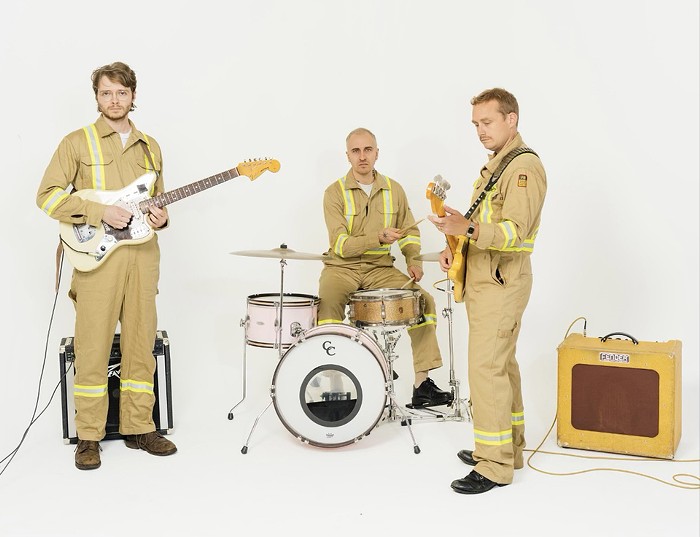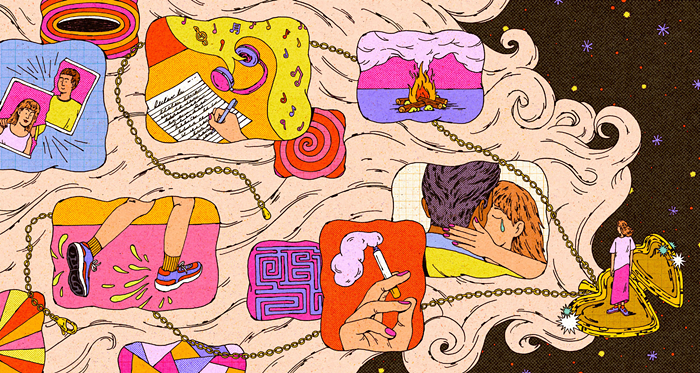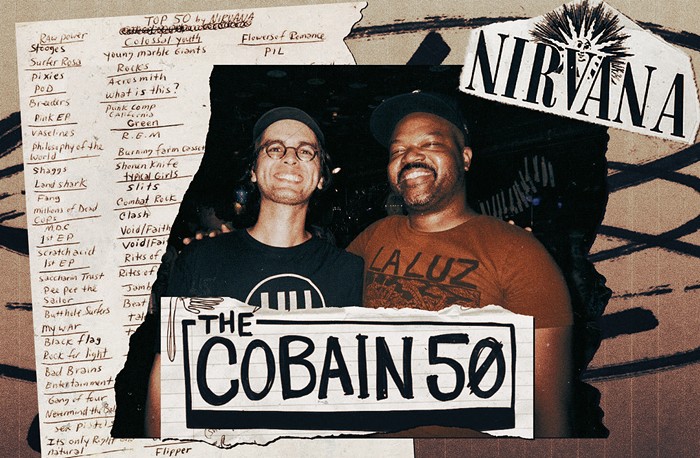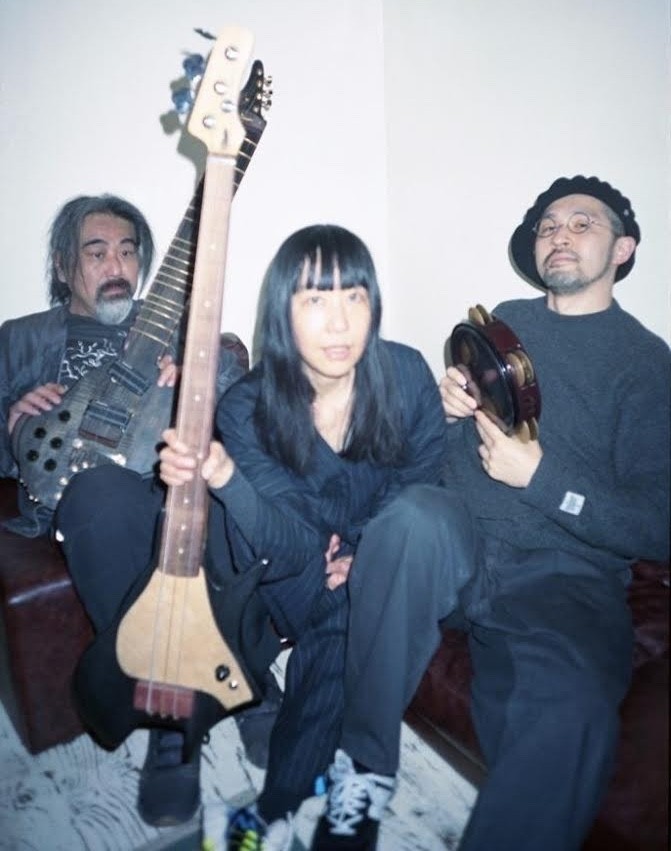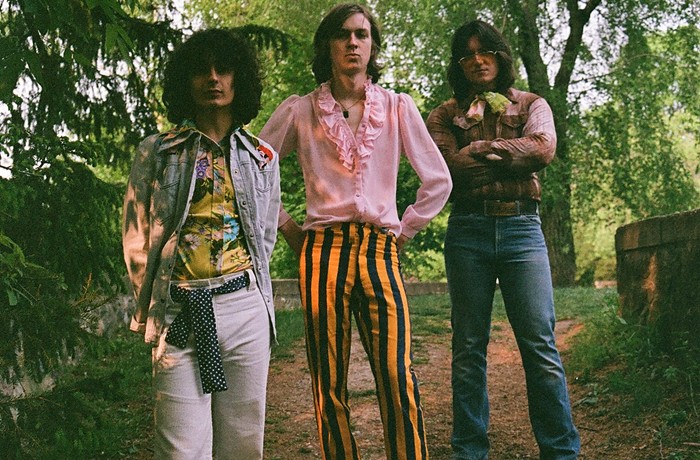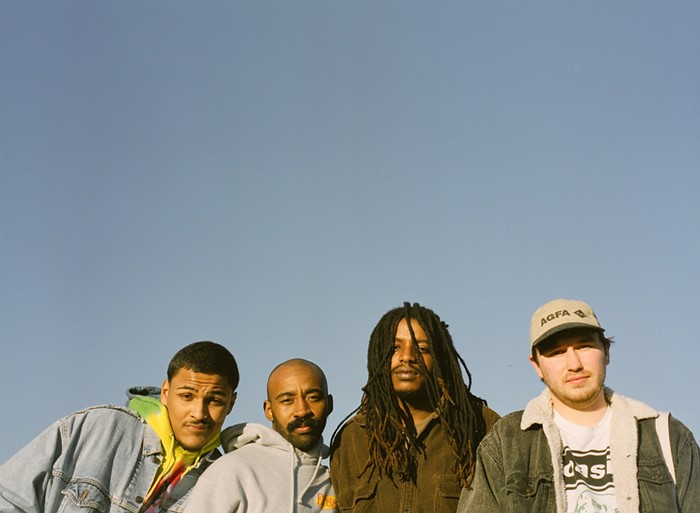
Though Capitol Hill Block Party may be getting the lion's share of attention, it's not the only festival on the near horizon. The weekend ahead brings the debut of Cascadia NW Arts and Music Festival at Masonic Family Park in Granite Falls. (Well, sort of debut. Its original incarnation was called Photosynthesis.) I asked Michael Manahan, the event’s producer, what to expect from a three-day electronic music festival in the forest.
How did you go about putting together your bill?
We pull heavily from the community. We work pretty extensively with a bunch of different local crews. A lot of the line-up are showcases: Activated Recordings, DreamDance Seattle, Uniting Souls, Shameless, Decibel, DEEP N BASS, the Rebel Disco Alliance, and Future Perfect Events.
We’re primarily local-centric, 80% Northwest artists, but we've got our downtempo headliner, Lulacruza, from Argentina. One of our techno headliners, smash tv is flying in from Berlin. We're bringing up Lee Reynolds, Tara Brooks, and Ben Annand from Los Angeles.
You’re not releasing the full daily schedule until the festival starts. Is there a strong conceptual angle?
We have three stages and across those three stages we've invited local Northwest crews, most of them are from Seattle this year, to do a block showcase. I work with those crews to book at least one headliner for each showcase, and those are spread out throughout the festival. The three stages we have are the Dream Dome, a downtempo and chill dome, and the Lodge, which is predominately after dark—it starts at 9PM and goes until the morning. Then we have the River stage, which goes all day and into the night and ends at midnight Friday and Sunday, and 2AM on Saturday.
How do the different camps or “villages” fit into all of that?
We've started this idea called "villages" and each of the villages are active participant villages. Those villages are Ecotopia, Mythica, and Technosis. Each of those villages has a creative influence over a particular stage, meaning that as the villages start becoming a culture within the context of the festival, we as an event and the event producers will take proposals from each of the villages based on what the village itself would like to see and/or hear on and/or around the stage. That could be anything from musical acts to decorations to art installations, things like that. Technosis has a creative influence over the Lodge, Mythica has a creative influence over The River Stage, and EcoTopia has a creative influence on the Dream Dome. We're trying to create an environment that is co-creative with the community at large, but have those villages be very specific to the music style and social/cultural vibe that they might be into.
Because I've been a producer for a while, I've been watching trends and what people are attracted to, and (I’ve noticed that) we've got house music and techno music people, we've got bass music people, then we've got kind of a more earthy, downtempo, world music community. That's kind of how we formed the villages, and that's also how we book the line-up. We try to pull from all of those genres of music, including some live music to create this experience. Those music styles are spread across the stages accordingly.
How much emphasis is placed on the art and workshops?
The music is definitely the major draw, so it's put out front to get people's attention, but as far as the production and presentation, I'd say it's pretty equal. We do the same thing for workshops as for the music acts: we do a call out and then people submit, and then we pick from those. Likewise with our art gallery and our art installations, so we’ll have quite a bit of art installations all around the festival grounds—big pieces of art that have been created by people and they want to come and show it—all the way to fine art and paintings, which we have in a fully curated art gallery, and a line up of workshops. Those workshops tend to be everything from body consciousness to spirituality to metaphysics to music production. Our keynote workshops are from the CascadiaNow people and Nature Conservancy.
Why Granite Falls? What drew you to the Masonic Family Park?
Well, it's absolutely amazing. It's quintessential Cascadian forest on a river. It's in an old growth forest, super mossy, lots of trees, and very lush. We had previously been producing a festival out in Neah Bay, out on the Makah reservation, and due to logistics with the resort that we were renting out, it just wasn't working out to continue the festival there. We started looking for a new location and found the Masonic Family Park, and of course, they called our reference, which was the Makah tribe, and we got a good reference from them and we were able to move the festival to Granite Falls, which is thankfully only an hour away from Seattle.
When we're on festival overload during summertime, why should people choose Cascadia?
I think that the difference is that we strive to be a local destination. I think that we're more of a sustainably-minded and locally-minded festival. We don't want to be inaccessible. We don't want to be a concert. We want to be a local celebration of our local art and community and music. So we present ourselves in that way. I think that's what the difference is. We're not trying to get people to drive here from really far away. We would prefer to sell out our festival with local sales. Just because we are aware of how much carbon is burned driving really long distances to get to festivals, and in a sea of festival opportunities, I feel like it's smart of people to make that choice to stay relatively local to diminish the amount of carbon we are putting into the environment just to go and have a weekend of fun. We are trying to offer something that is culturally rich, and that has national and international touring artists on the bill, but by design is for Northwest people.
